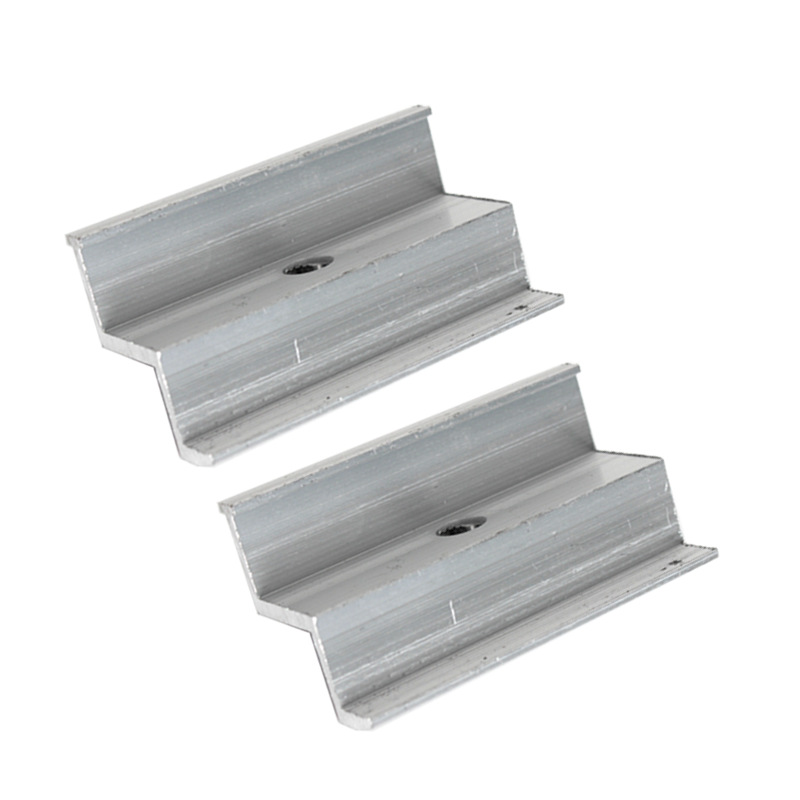

locking stud bolt
Ağu . 25, 2024 03:21 Back to list
locking stud bolt
Understanding Locking Stud Bolts A Key Element in Mechanical Stability
Locking stud bolts are crucial components in various mechanical applications, ensuring the integrity and reliability of assemblies. These specialized fasteners combine the functions of traditional bolts and locking mechanisms, making them ideal for environments where vibration and dynamic loads can lead to loosening over time.
A stud bolt consists of a threaded rod with a uniform diameter and typically features nuts on either end. The locking mechanism can come in various forms—such as a locking nut, a pinned design, or a chemical adhesive—each tailored for specific applications and performance needs. The primary purpose of these locking features is to prevent axial movement of the fasteners that can lead to failure.
One of the significant advantages of locking stud bolts is their ability to maintain preload under dynamic loading conditions. Preload is the tension applied to the bolts during installation, which helps to secure the components firmly together. In high-vibration environments, traditional bolts may loosen over time, jeopardizing the assembly's integrity and even leading to catastrophic failures. Locking stud bolts mitigate this risk by maintaining necessary preload and providing enhanced resistance to loosening.
locking stud bolt

These fasteners are particularly common in industries such as aerospace, automotive, and heavy machinery, where safety and performance are paramount. For example, in aircraft engines, the constant vibration and thermal expansion can cause standard bolts to fail, but the use of locking stud bolts offers a reliable solution. Similarly, in bridge construction, these bolts ensure that structural elements remain secure despite changing loads and environmental conditions.
When selecting locking stud bolts for a specific application, manufacturers must consider several factors, including material properties, coating options, and the specific locking mechanism. Options range from carbon steel to stainless steel, each with varying resistance to corrosion and fatigue. Furthermore, coatings like zinc plating or PTFE can enhance the corrosion resistance of the bolts, thus prolonging their service life.
In summary, locking stud bolts play a vital role in maintaining mechanical stability across numerous applications. By incorporating sophisticated locking mechanisms, they provide a reliable solution to the challenges posed by vibration and dynamic loads. Their widespread usage in critical industries underscores their importance in engineering design, making them indispensable for achieving safety and reliability in assembly structures.
Latest news
-
Hot Dip Galvanized Bolts-About LongZe|High Strength, Corrosion Resistance
NewsJul.30,2025
-
High-Strength Hot Dip Galvanized Bolts - Hebei Longze | Corrosion Resistance, Customization
NewsJul.30,2025
-
Hot Dip Galvanized Bolts-Hebei Longze|Corrosion Resistance&High Strength
NewsJul.30,2025
-
High-Strength Hot-Dip Galvanized Bolts-Hebei Longze|Corrosion Resistance&High Strength
NewsJul.30,2025
-
Hot Dip Galvanized Bolts-Hebei Longze|Corrosion Resistance&High Strength
NewsJul.30,2025
-
Hot Dip Galvanized Bolts - Hebei Longze | Corrosion Resistance, High Strength
NewsJul.30,2025

